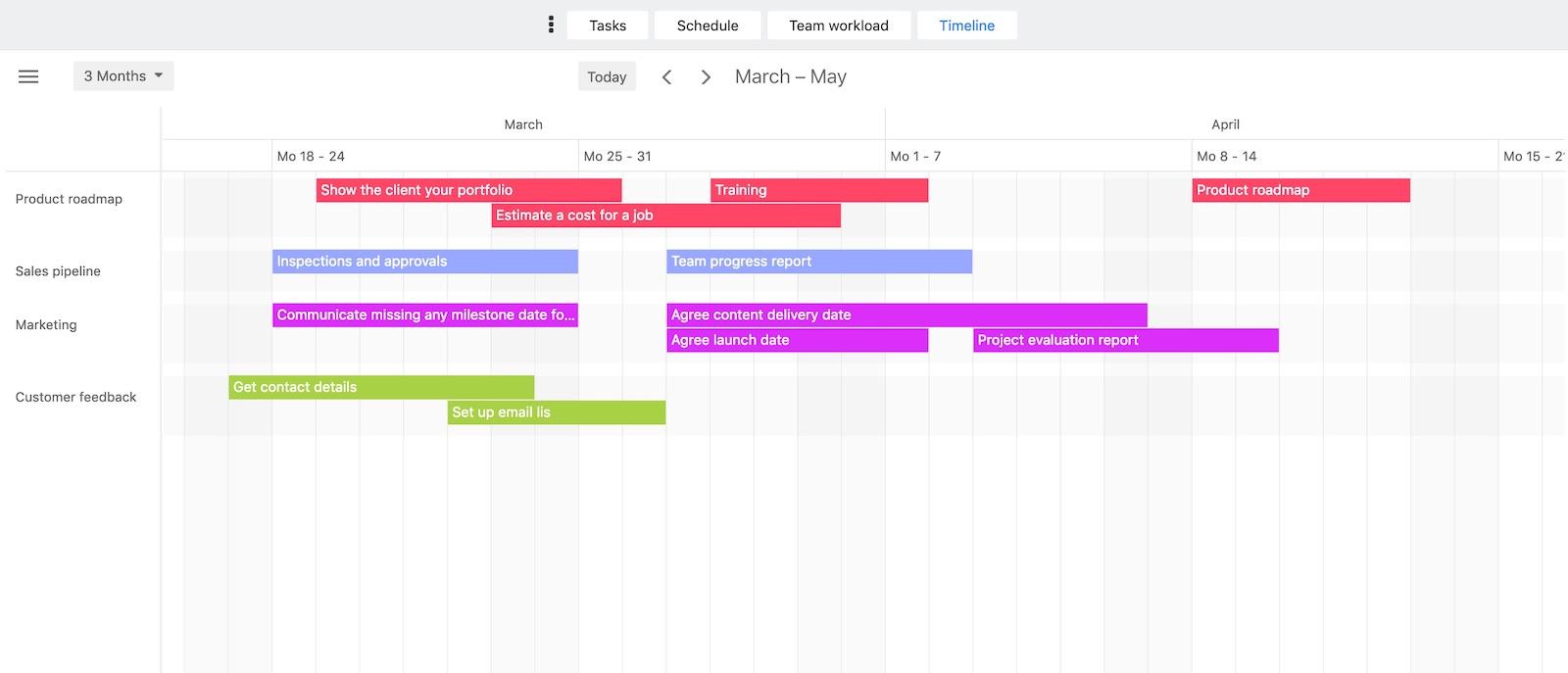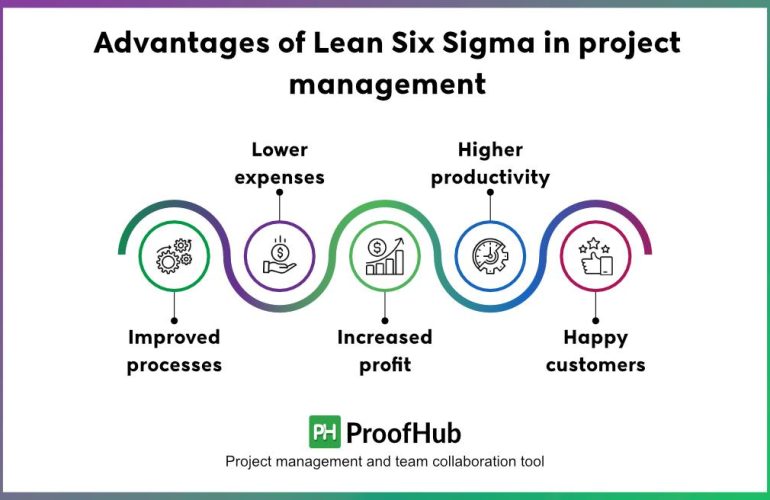In the fast-paced world of business, effective project management is essential for achieving organizational goals and driving success. At the heart of this process lies a critical component: the project timeline. A well-structured timeline not only serves as a roadmap for project execution but also plays a pivotal role in resource allocation, team coordination, and stakeholder engagement. However, many professionals struggle with creating timelines that are both realistic and actionable, often leading to project delays and miscommunication. This article aims to equip you with the tools and strategies necessary to master project timelines, offering a step-by-step guide that will enhance your planning skills and improve overall project outcomes. Whether you are a seasoned project manager or newly embarking on project management endeavors, this guide will provide the insights needed to streamline your processes, minimize risks, and ensure timely delivery of results.
Table of Contents
- Defining Project Objectives and Milestones for Effective Timelines
- Strategic Planning Techniques to Optimize Resource Allocation
- Utilizing Project Management Tools for Enhanced Timeline Visualization
- Monitoring Progress and Adjusting Timelines for Continuous Improvement
- The Conclusion
Defining Project Objectives and Milestones for Effective Timelines
Setting clear project objectives is crucial for guiding your team toward success. Objectives should be specific, measurable, achievable, relevant, and time-bound (SMART) to ensure that everyone understands the project’s goals. By aligning these objectives with the overarching strategy, you create a focused direction. To further enhance clarity, consider establishing an unambiguous vision statement that encapsulates the essence of your project. This sets the tone and provides motivation, helping team members to visualize the end result.
In addition to defining objectives, it’s essential to break the project into manageable milestones that serve as progress markers. This approach not only helps in tracking advancement but also enables timely identification of potential deviations from the plan. Key components of effective milestones should include:
- Completion dates: Specify when each milestone is expected to be reached.
- Deliverables: Clearly outline what outputs are expected at each stage.
- Responsibility: Assign team members accountable for achieving each milestone.
To visualize the timeline and milestones more effectively, consider using a table format:
| Milestone | Completion Date | Responsible Team Member |
|---|---|---|
| Project Kickoff | 01/10/2023 | John Doe |
| Phase 1 Completion | 15/11/2023 | Jane Smith |
| Final Review | 10/12/2023 | Mike Brown |
Strategic Planning Techniques to Optimize Resource Allocation
Effective resource allocation is critical for the success of any project. By implementing strategic planning techniques, organizations can maximize efficiency and minimize waste. One favored approach is the SWOT analysis, which helps identify Strengths, Weaknesses, Opportunities, and Threats within the project environment. This holistic view allows teams to prioritize resources where they can deliver the most value. Additionally, scenario planning can prove invaluable; by envisioning multiple futures based on different variables, project managers can prepare adaptive strategies to allocate resources dynamically as circumstances change.
Another powerful technique for optimizing resource allocation is the Pareto Principle, often known as the 80/20 rule. This principle states that roughly 80% of effects come from 20% of causes. When applied to project management, it helps teams focus their efforts on key tasks that yield the greatest results. Alongside this, resource leveling techniques can be employed to distribute workload evenly, ensuring that team members are neither overloaded nor underutilized. The following table summarizes some additional techniques along with their primary focuses:
| Technique | Focus |
|---|---|
| Time-Driven Activity-Based Costing | Cost efficiency through time estimation |
| Kanban Systems | Visual management of tasks and resources |
| Critical Path Method | Identification of essential tasks to optimize timelines |
Utilizing Project Management Tools for Enhanced Timeline Visualization
Project management tools have revolutionized the way teams visualize timelines, creating a more structured approach to meeting deadlines. Among the arsenal of features offered by these tools, Gantt charts, Kanban boards, and timeline views stand out as exceptional methods for enhancing clarity. Utilizing these tools, project managers can effortlessly break down complex projects into digestible segments. Each task can be assigned a start and end date, helping to maintain focus and encouraging accountability among team members.
To maximize the effectiveness of timeline visualization, it’s essential to leverage real-time updates and features like drag-and-drop functionalities for task adjustments. The following strategies can bolster your timeline management:
- Establish Clear Milestones: Define key points in the project to help gauge progress.
- Integrate Team Collaboration: Ensure team members can comment on tasks for improved communication.
- Utilize Color Coding: Implement a color scheme to differentiate between varying tasks and priorities.
| Visualization Tool | Key Benefit |
|---|---|
| Gantt Chart | Provides a clear timeline overview of project phases and tasks. |
| Kanban Board | Facilitates task prioritization and workflow management. |
| Timeline View | Offers a condensed view of project milestones over time. |
Monitoring Progress and Adjusting Timelines for Continuous Improvement
To ensure that your project stays on track, it’s essential to implement regular monitoring of progress against set milestones. Schedule periodic reviews to evaluate the current state of your project, identify any bottlenecks, and ensure that the timelines established are still realistic. Use tools such as Gantt charts or Kanban boards to visualize progress better and facilitate discussions among team members. Key steps to consider include:
- Set up a consistent review schedule.
- Collect data on completed tasks and activities.
- Engage team members in feedback sessions.
- Compare actual progress to planned timelines.
If deviations are detected, be prepared to adjust timelines proactively. Timelines should be viewed as living documents that evolve with your project’s needs. When changes occur, communicate effectively with all stakeholders to ensure transparency and alignment. Consider maintaining a simple table to track adjustments, noting the reasoning behind changes, as well as any implications for project deliverables. Here’s an example of how such a table might look:
| Adjustment Date | Milestone Affected | Original Timeline | New Timeline | Reason for Change |
|---|---|---|---|---|
| 2023-10-15 | Phase 1 Completion | 2023-10-30 | 2023-11-10 | Resource Availability Issues |
| 2023-11-01 | Phase 2 Initiation | 2023-11-15 | 2023-11-20 | Additional Testing Required |
The Conclusion
mastering project timelines is a crucial skill that can significantly enhance your project management capabilities. By following the structured approach outlined in this guide, you can effectively plan, execute, and monitor your projects with precision and confidence. Remember, the key to successful project management lies not just in the execution but also in the proactive anticipation of potential challenges and adjustments along the way. As you apply these principles in your daily practice, you will not only improve your project outcomes but also position yourself as a strategic leader within your organization. Embrace the art of timeline management, and watch as your projects reach their full potential, driving success and delivering results that align with your strategic goals. Thank you for engaging with this guide, and we wish you continued success in mastering your project timelines.






